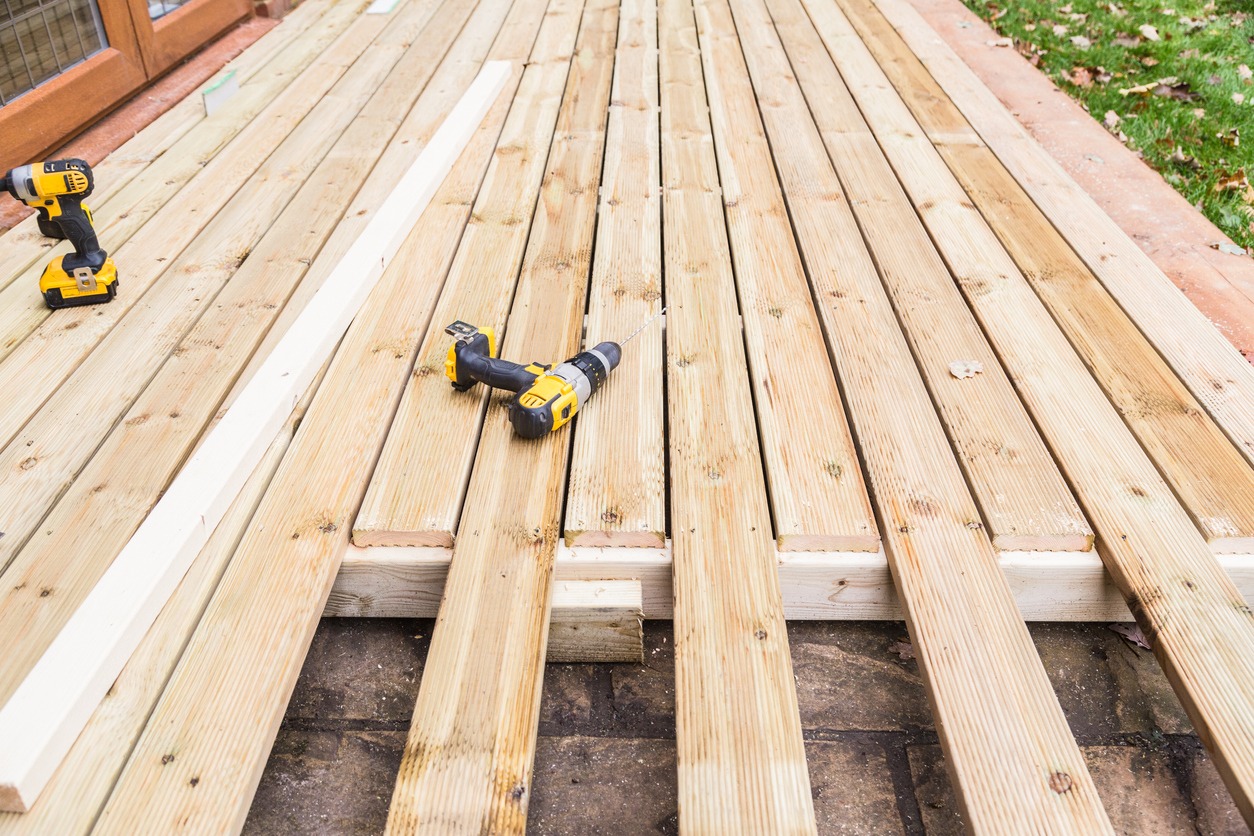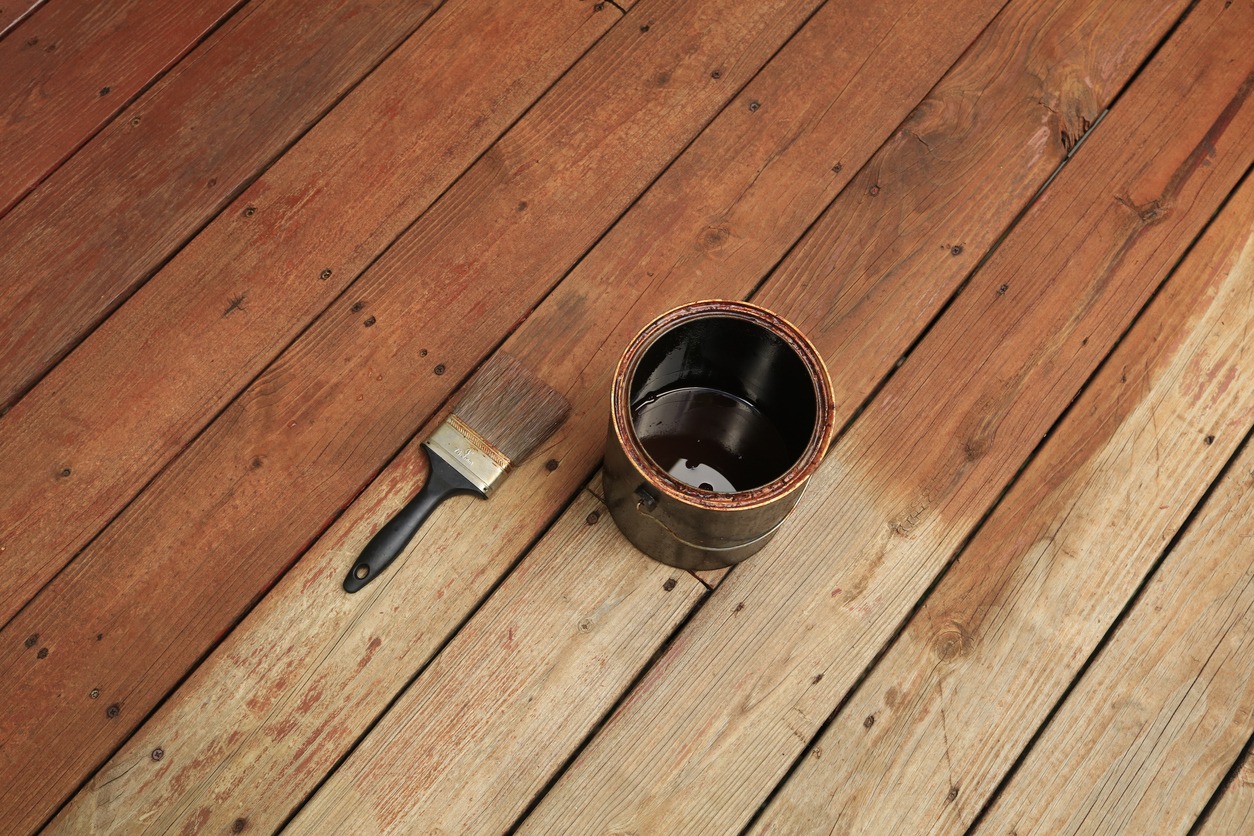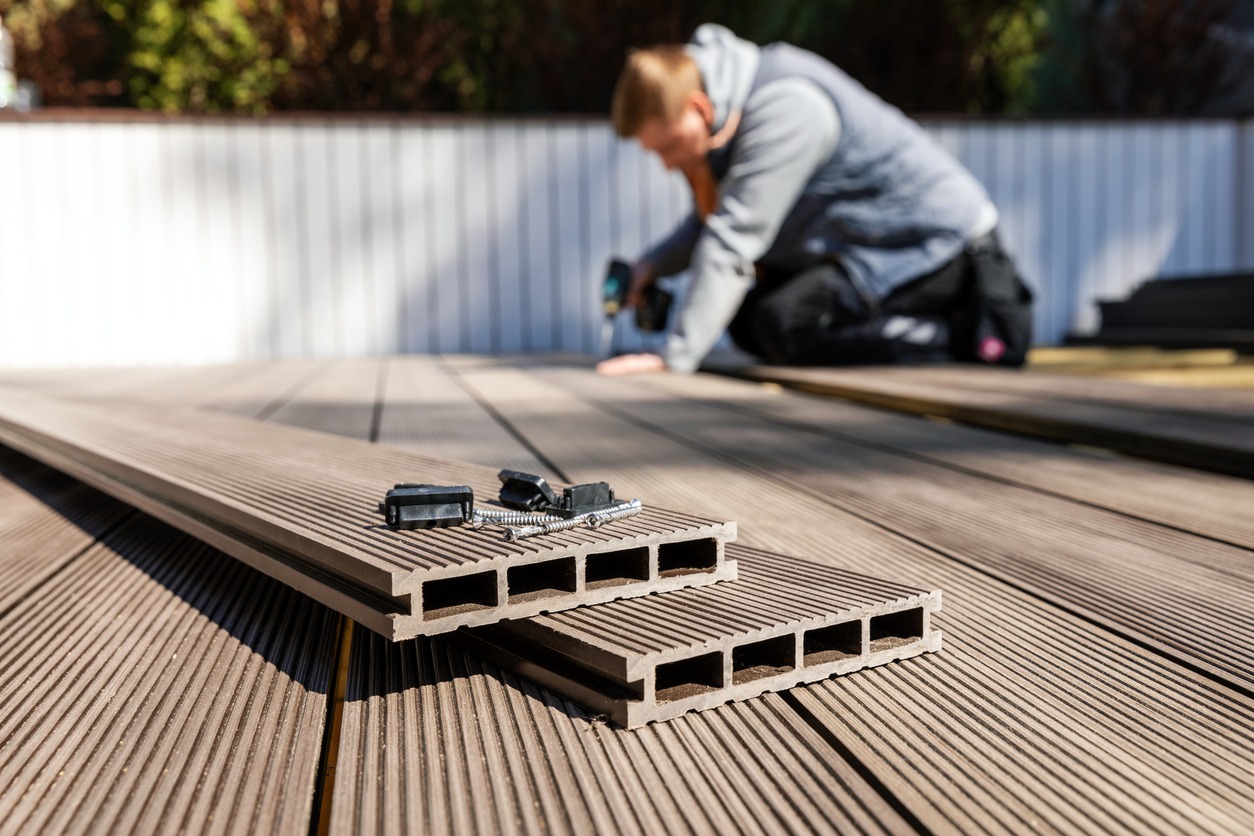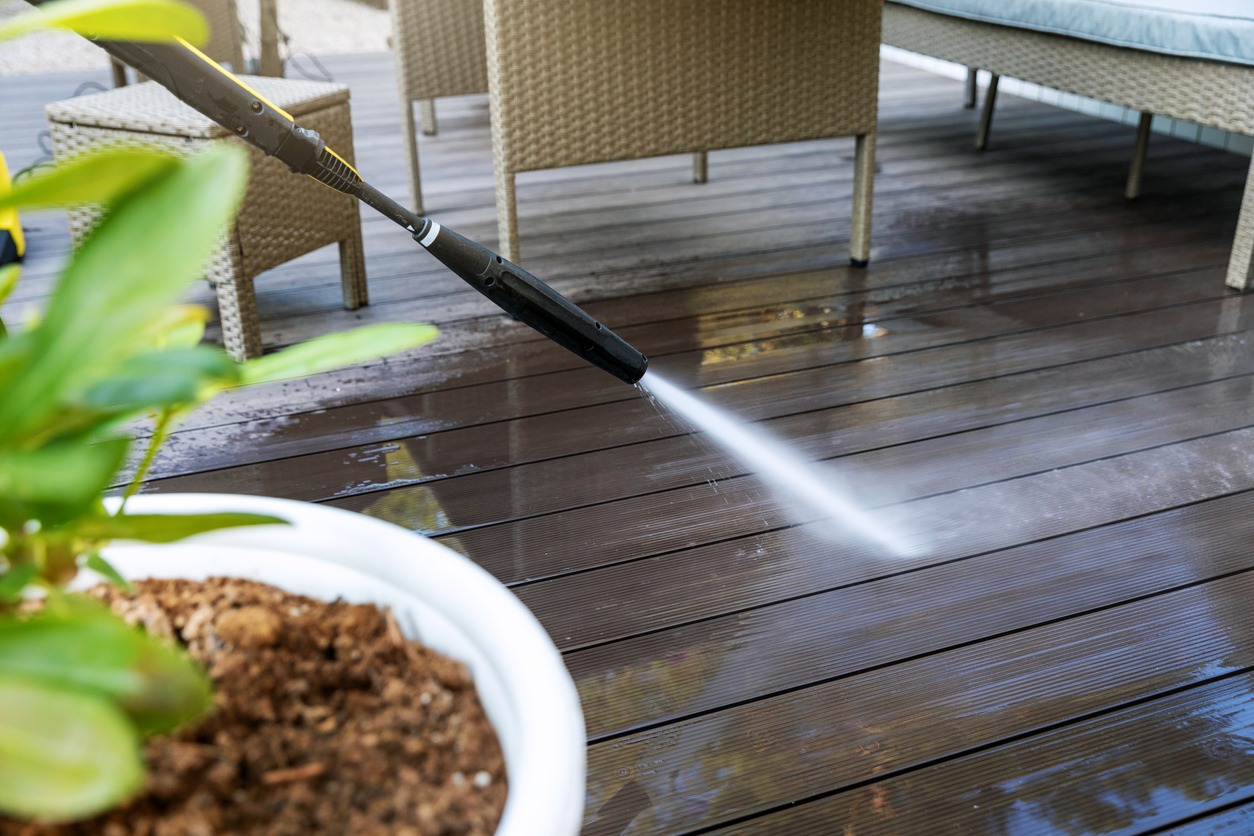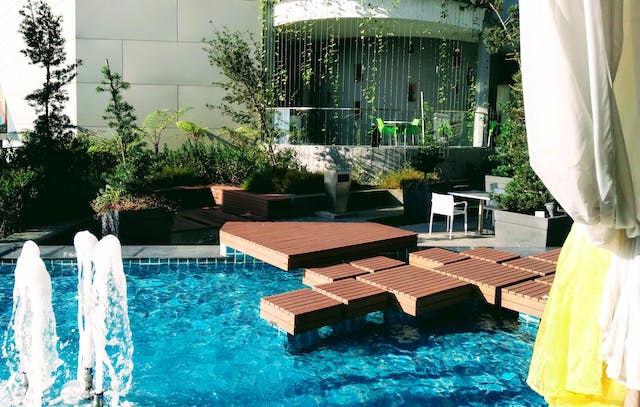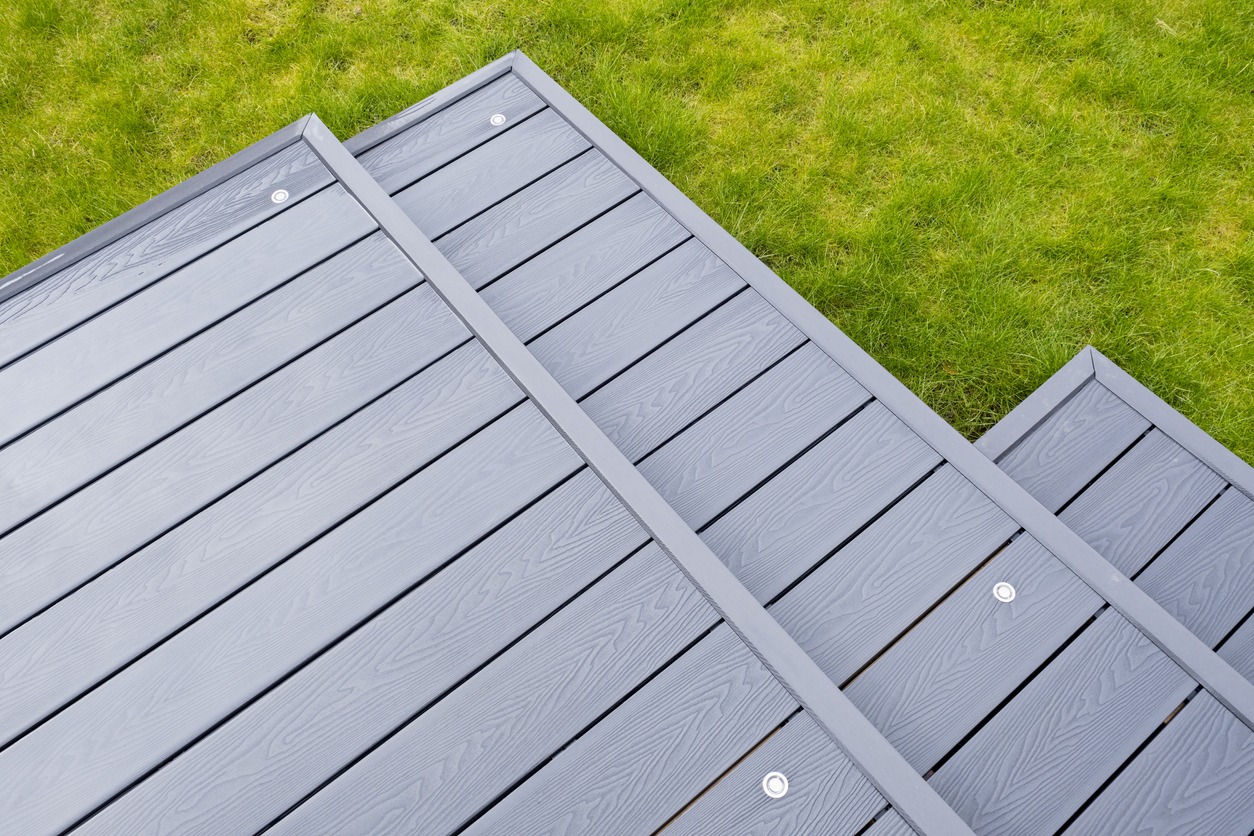When selecting materials for deck construction, homeowners weigh the importance of durability, maintenance, and the aesthetics of outdoor living spaces. Durability is paramount, as decks are exposed to varying weather conditions; therefore, the choice of material can greatly influence the longevity and structural integrity of the deck. Wood has been the traditional choice, recognized for its strength and classic aesthetic. Common wood options include pressure-treated pine, cedar, and redwood, each with varying costs and lifespans.
However, innovation in decking materials has introduced alternatives such as composite and plastic decking that offer increased durability with minimal maintenance. Composite decking, created from a blend of wood fibers and plastics, is resistant to rot and insect damage and does not require the frequent staining or sealing that wood does. The upfront cost is generally higher than wood, but the long-term expenses can be lower due to its longevity and ease of care. Plastic decking, often made from PVC or polyethylene, is another low-maintenance option, entirely resistant to rot and moisture, and available in a variety of colors and finishes to suit different design preferences.
The decision on which decking material to use will ultimately depend on the homeowner’s priorities concerning upkeep, durability, and the desired look and feel of the outdoor area. Wood offers a natural beauty that can blend seamlessly with outdoor environments, whereas composites and plastics deliver a modern appearance with consistent color and texture, albeit at a higher initial investment. Regardless of the choice, the material should align with the individual’s lifestyle, budget, and the climate of the region to ensure that the deck remains a functional and inviting extension of their home for years to come.
Understanding Deck Materials
When choosing the right decking material, one must consider aspects such as durability, maintenance requirements, appearance, and longevity. Different materials vary significantly in these attributes, and selecting the right one is crucial for the success of the decking project.
Natural Wood Options
Natural wood has long been a traditional choice for decks due to its natural beauty. Types of wood commonly used include:
- Cedar: Naturally resistant to rot and insects but still needs periodic treatment to maintain its appearance.
- Redwood: Similar to cedar in resistance but with a distinct reddish hue.
- Pressure-Treated Pine: Less expensive, chemically treated to resist decay and insects; requires regular maintenance.
Exotic hardwoods like Ipe and Teak are pricier but extremely durable and resistant to rot and insects.
Composite and PVC Materials
An alternative to natural wood, composite decking is manufactured from a combination of materials:
- Wood Fibers: Provide a wood-like appearance.
- Plastic Particles: Enhance durability and resistance to elements.
- Binding Agents: Ensure the stability of the decking boards.
PVC decking, made purely from synthetic materials, is known for its exceptional weather resistance and low maintenance needs.
Metal Decking Choices
Metal options, such as aluminum decking, are less common but offer unique advantages:
- Aluminum: Strong, lightweight, and impervious to rot and insect damage, with a life span that can surpass wood and composite materials. Minimal upkeep is required, making it a practical choice.
Each material comes with its trade-offs between cost, aesthetic appeal, and the amount of upkeep required to ensure a long-lasting deck.
Durability and Lifespan
The durability and lifespan of decking materials are primary concerns for homeowners, as these factors significantly impact maintenance, cost, and the long-term enjoyment of outdoor spaces. Material choices range from natural wood to engineered composites and metals, each with distinct durability and lifespan characteristics.
Natural Wood Durability
Hardwoods like ipe or mahogany are known for their robustness, with lifespans extending up to 40 years when properly maintained. On the other hand, softwoods such as cedar and redwood also offer natural resistance to decay and pests, but typically last between 15 to 25 years. Pressure-treated wood is widely used due to its affordability and enhanced resistance to rot and insects, offering a practical lifespan of 10 to 15 years.
Composite and PVC Longevity
Composite decking, fabricated from a mix of wood fibers and recycled plastic, boasts impressive durability. Owners can expect a well-maintained composite deck to last between 25 to 30 years. PVC or capped polymer decking represents the zenith of low-maintenance and durability. These materials resist stains, scratches, and moisture, with expected lifespans of 50 years or more.
Metal and Its Resilience
Aluminum decking is lauded for its resilience and longevity, unaffected by rust or rot, often outlasting other materials. Its longevity can surpass 50 years, requiring minimal maintenance. Aluminum’s inherent properties ensure it remains a viable choice for those valuing longevity and structural integrity.
Maintenance Requirements
Deck maintenance varies significantly based on the material used. Proper care can extend the life of a deck, maintain its appearance, and ensure safety.
Maintaining Wood Decks
Wood decks, such as those made from cedar or redwood, demand regular maintenance to retain their beauty and longevity. They require:
- Cleaning: To prevent mold, mildew, and discoloration.
- Staining and Sealing: To protect from UV damage and moisture, sealing or staining should be performed every 2-3 years.
Caring for Composite and PVC
Composite and PVC decks are designed for low-maintenance durability. They necessitate:
- Occasional Cleaning: Usually, simple sweeping and washing are adequate.
- No Staining or Sealing: These materials do not require sealing or staining, reducing overall upkeep.
Aluminum Deck Upkeep
Aluminum decking offers a minimal maintenance solution. Its care includes:
- Regular Cleaning: A mild soap and water solution can be used to keep the deck surface clean.
- Periodic Inspection: Although it’s durable, checking for any signs of wear or damage is good practice.
Aesthetics and Design Options
When selecting decking materials, homeowners and designers often prioritize aesthetic appeal, ensuring the deck complements the overall design and style of the home. It’s integral that the material selected not only matches the desired appearance but also fits within the style landscape of the environment.
Wooden Deck Aesthetics
Wooden decks offer a timeless, natural look that many owners find appealing. Natural wood is renowned for its classic and warm aesthetic that can seamlessly integrate with the natural environment. Specific wood varieties, such as cedar or redwood, feature distinct grains and coloration, giving each deck a unique character.
- Styles of Wood Grain:
- Cedar: Typically presents a reddish hue with a straight grain.
- Redwood: Known for its rich color and natural resistance to decay.
- Pressure-Treated Wood: A cost-effective option, usually a yellowish-green, that can be stained to alter its appearance.
Synthetic Decking Styles
Composite decking and PVC materials present diverse style options that emulate natural wood while offering a broad spectrum of colors and textures.
- Composite: Combines wood fibers with plastic, featuring a wood-like appearance but with greater color variety and uniformity.
- Pros: Low maintenance; resistant to rot and insects.
- Cons: Typically more expensive than natural wood.
- PVC Decking: Known for its resistance to moisture, making it ideal for humid climates.
- Pros: Resistant to stains, scratches, and fading.
- Cons: Lacks the natural warmth of wood.
Innovative Metal Designs
Utilizing metal, such as aluminum, for decking solutions offers a contemporary, sleek aesthetic that separates itself from wood and synthetic options.
- Aluminum Decking: Provides a modern look with clean lines.
- Special Features:
- Lightweight: Eases installation and structural support requirements.
- Durability: Naturally resistant to rust and decay.
- Special Features:
In these materials, the aesthetic appeal is matched with practicality, ensuring that the chosen decking material not only looks good but also stands the test of time.
Environmental Impact
When selecting materials for deck construction, considering the environmental impact is crucial. The right choices can enhance sustainability and preserve natural resources.
Eco-Friendly Material Choices
Recycled Materials: Decking options such as composite and PVC, made from recycled plastic, contribute to sustainability. They reduce the dependency on virgin materials, decreasing the overall ecological footprint.
- Composite: Typically comprised of wood fibers and recycled plastics, it offers longevity without the need for constant maintenance.
- PVC (Polyvinyl Chloride): PVC decking is crafted purely from synthetic materials and is highly resistant to environmental wear and tear.
Natural Wood: Sustainable woods like redwood and cedar provide natural aesthetics and are often sourced from responsibly managed forests.
- Bamboo: Recognized for its quick growth cycle, bamboo serves as a durable, eco-friendly wood alternative.
Sustainable Decking Practices
Sustainable decking extends beyond choosing eco-friendly materials; it encompasses the practices that ensure minimal environmental disruption.
- Life-Cycle Analysis: Selecting materials that entail a comprehensive life-cycle analysis can guide consumers toward options that have a lower overall impact from production to disposal.
- Responsible Sourcing: Opting for wood sourced from forests that adhere to sustainability standards is key. It ensures that wood materials come from forests that are responsibly managed with respect to biodiversity and ecosystem health.
- Durability: Investing in durable decking materials can result in fewer replacements and repairs over time, leading to a reduction in resource use and waste generation.
Cost Considerations
When planning a deck, one must consider the material costs involved which vary by type such as wood, composite, and metal, alongside factors like durability and maintenance.
Budgeting for Wood Decking
Wood is a popular choice for decking due to its natural appearance and affordability. Pressure-treated lumber is among the most cost-effective options, typically ranging from $20 to $50 per square foot. For a budget-friendly choice, one can expect to pay around $2.25-$3 per square foot for pressure-treated decking. However, the price can fluctuate based on the presence of knots and the type of lumber selected.
Investing in Composite or PVC
Capped composite decking and PVC materials represent a higher investment initially but offer long-term savings through minimal maintenance and greater durability. Prices for these materials are usually higher than wood, with some premium products like Trex costing more. On average, homeowners might spend considerably more per square foot on composite materials compared to pressure-treated wood.
Analyzing the Cost of Metals
Metal decking, often made from aluminum or steel, provides a unique aesthetic and unmatched durability. The cost for metal decking materials can vary widely and is typically seen as a premium option in the decking world. The investment in metal decking is justified by its longevity, strength, and often unique design options, though it may not be the best choice for every budget.
Performance in Different Climates
Selecting the right decking material is crucial for ensuring longevity and performance, especially since different climates can greatly affect durability. Factors such as moisture, sunlight, temperature shifts, and other weather conditions play significant roles in how well a deck withstands its environment.
Weather Resistance of Woods
- Cedar: Resists rot and pests, performs well in damp climates due to natural oils. However, it may fade and warp under intense sunlight.
- Lifespan: 15-20 years with proper maintenance.
- Redwood: Similar to cedar, excels in resisting decay. Its natural tannins protect against the elements but require diligent maintenance.
- Lifespan: 20-30 years when regularly treated.
- Tropical Hardwoods (e.g., Ipe, Teak, Cumaru): Known for extreme durability and high resistance to weathering. These species maintain their form and are less prone to warping or fading.
- Lifespan: Over 25 years with care.
Composite’s Climate Adaptability
Composite decking, being a mix of wood fibers and plastics, is designed to mimic natural wood while offering superior resistance to weather conditions. It thrives across various climates, from freezing temperatures to scorching sunlight, without the propensity to split or warp.
- Fade Resistance: UV stabilizers help protect against color fading.
- Moisture Resistance: Capped composites are particularly effective against moisture, preventing mold growth and decay.
Metal Decking in Varied Weather
Metal decking, often made of aluminum, is a robust option that endures across a spectrum of climates. Its attributes ensure long-term performance without the typical concerns associated with wood or composites.
- Durability Under Sunlight: Does not fade or degrade under UV exposure.
- Performance in Moisture: Resists corrosion and decay, even in coastal or snowy areas where moisture is prevalent.
By matching the decking choice to the specific climate and its unique conditions, homeowners can invest in a deck that stands the test of time with minimal weathering challenges.
Installation and Repair

The key to a deck’s longevity starts with using the right materials and ensuring quality installation, followed by regular maintenance and timely repairs. These aspects contribute significantly to long-term value.
Installing Your Deck Material
Proper installation is crucial for avoiding premature repairs and ensuring the long-term stability of the decking. The selection of materials like cedar is often for their natural beauty and resistance to warping. They should take care to install these materials with precision to maintain their aesthetic appeal and structural integrity.
For pressure-treated wood, installers need to ensure that the understructure is correctly built to support the decking. Each material has specific requirements, such as spacing and fasteners. For example, one might use:
- Stainless steel screws for composite materials to prevent rust.
- Galvanized nails for pressure-treated wood as they are more resistant to chemical corrosion.
It is advisable for homeowners to consult with professionals to verify that the chosen material matches their expectations for use, maintenance needs, and local climate conditions.
Repair and Replacement Tips
When it comes to repair, homeowners should frequently inspect their decks for signs of damage such as splinters, rot, or structural issues. They must address small problems promptly to prevent further deterioration. The maintenance of cedar decking, for instance, includes consistent cleaning and resealing to preserve its natural state.
For repairs, they can consider these guidelines:
- Replacement: When the deck is near the end of its average lifespan, replacement might be more cost-effective than repair, especially when considering long-term durability.
- Restoration: If the deck structure is sound, they can replace individual boards or apply stains and sealants to extend the life of the existing wood.
Regular maintenance can involve costs which vary by material—pressure-treated wood may require an average annual expenditure to maintain its condition, while composite materials may offer reduced maintenance needs.
In summary, the success of deck installation and the efficacy of repairs hinge on meticulous attention to material specifications and diligent upkeep.
Advanced Material Technology
In the realm of decking, advanced material technology has significantly upgraded the lifespan and performance of deck materials. Engineered decking, such as those from TimberTech, epitomizes these advancements. Composed of a blend of plastic and wood fibers, these composite materials offer enhanced durability and maintenance benefits over traditional wood.
TimberTech AZEK, which falls under the umbrella of engineered decking products, stands out with its Vintage Collection. This collection showcases a technology that not only imitates the natural aesthetics of wood but also grants superior weathering performance and longevity. Here is a quick breakdown:
- Material Composition: Capped polymer, aimed to resist moisture intrusion and wear.
- Performance: High resistance to fading, staining, and scratching compared to traditional wood.
- Maintenance: Minimal required, no need for annual sealing or staining.
| Feature | TimberTech AZEK | Traditional Wood |
|---|---|---|
| Durability | High | Moderate |
| Maintenance | Low | High |
| Aesthetics | Wood-like | Natural |
| Cost-Efficiency Over Time | Good | Varies |
| Weather Resistance | Excellent | Varies |
TimberTech’s products exemplify how material science has evolved to produce decking that delivers both function and form. They provide homeowners with a durable and sustainable alternative that relieves them from the constant care required by traditional wood decks. This technology has redefined expectations, enabling low-maintenance decks that last for decades with minimal environmental impact.
